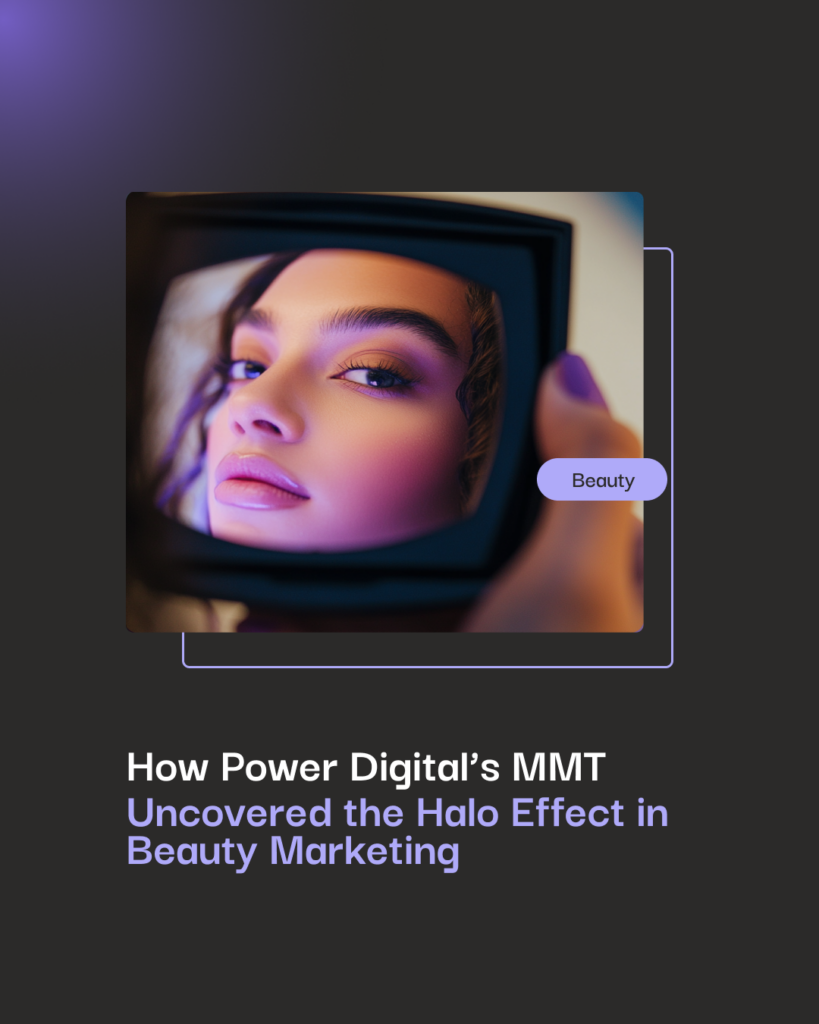What is a Landing Page?

Landing pages are the digital salesmen of our time. Instead of using a fleet of people who go door-to-door to sell a product, you can set up a simple, straightforward web page that provides interested parties with the information they need to encourage a conversion. In a weird way, landing pages have it made so that today’s customers come knocking on a salesmen’s door.
So, what is a landing page exactly and why is this sales tool so powerful? Let’s take a look.
A landing page is an essential component of lead generation campaigns and a major stepping stone in the overall customer journey. It consists of a single page that will appear in response to a search result or the click of a direct link in an advertisement (whether it’s in an email, Facebook post, Google Ad, etc.). A landing page’s sole goal is to get a conversion, which could include a direct sale, adding a product to a shopping cart, newsletter sign up, or some other lead or sales generating goal.
Related: Is Your Landing Page Having an Existential Crisis?
For example, if Nordstrom decides to send an email about a big sale on summer inventory, the link in that email would direct traffic to a landing page featuring all the summer products in one place, along with the coupon code for the sale.
By the time a user gets to a landing page, he or she will already be interested in the product. The goal of the marketer is to ensure the content on the landing page is extremely relevant, compelling, informative, persuasive, and results in a conversion.
How To Craft An Effective Landing Page
Crafting a good landing page is just that, a craft. Despite the numerous studies on the format of high-converting landing pages, there really is no one-size-fits-all approach. The variables are too wide to say with any authority that a specific type of landing page is more effective than another.
Related: Website CRO: Optimize Landing Pages With These Tips
However, there are a few best practices to consider when crafting a landing page. Some of these best practices include:
- Know your audience
If the target of your lead generating efforts is college students, then your landing page is going to look and function vastly different than if you target audience is made up of Baby Boomers. This is why getting to know your audience is a critical part of the landing page development process.
- Make sure your messaging is clear and persuasive
Once your prospect has landed on the page, they are one step further in the customer journey—you don’t want to lose them at this critical moment with verbose language or cutesy copy. You need the information on your landing page to be crystal clear—what do you want your prospect to do? Why would it be beneficial to them to convert? How can you get them to take action? Answer these questions and you’ll make it much easier to turn your prospects into customers.
- Get a UX or UI pro involved
It’s easy to get caught up in the design of the landing page and end up with a look and feel that is aesthetically pleasing but functionally defunct. Work with a UX or UI expert to find a way to strike a perfect balance between form and function. These professionals will not only be able to look at things from a user’s perspective but they can also tell you what’s possible in terms of coding a design that meets your goals.
- Make informed decisions via the page’s analytics
Once you get your landing page up and running you’ll want to keep a close eye on the analytics. Is the conversion rate too low? Are you seeing shorter than average engagement levels? Are page bounces high? Use this information to make necessary changes and adjustments to your strategy. Once any change is made, see how it impacts the analytics.
- Use A/B split testing to try out new ideas
If you’d like to try shorter copy on your landing page, but unsure of how your audience will respond, then incorporate A/B split testing into the mix. The results of any split test will allow you to see exactly what your audience responds to.
Related: Increase the Success of Your Paid Search Campaigns with These Landing Page Best Practices
The key to A/B testing is to make sure that you are isolating your tests. For example, if you were to test your landing page as well as your ad creative it would be impossible to tell which variable is increasing the conversion rate.
Wrapping Up
Again, there is no one-size-fits-all approach to landing page creation. Your landing page can be short and sweet, entirely text based, or filled with splashy images—as long as it is resulting in conversions, then it’s doing its job. If you’re having trouble determining what copy and design to use on your landing page, just go back to your audience. Once you know them better than they may even know themselves, then your landing page will start to organically take shape.
Our Editorial Standards
Reviewed for Accuracy
Every piece is fact-checked for precision.
Up-to-Date Research
We reflect the latest trends and insights.
Credible References
Backed by trusted industry sources.
Actionable & Insight-Driven
Strategic takeaways for real results.







